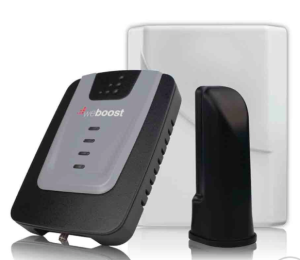
Despite being marketed specifically towards RVers, the weBoost RV 4G that first shipped in September 2015 is actually just a weBoost Home 4G residential cellular booster packaged with accessories to make it somewhat more appropriate for RV usage.
The 60dB gain of the RV 4G and Home 4G is above the legal 50dB limit for mobile boosters, but the directional panel antenna included in the kit is not conducive to operation while in motion, requiring setup and rough aiming at every new location.
This setup requirement is what potentially allows weBoost to get around the FCC guidelines against marketing "home" boosters for mobile use.
Specifications
- Model: 470201
- Gain: 60dB
- Impedence: 75 / 50 Ohm
- # of Devices Boosted: Multiple
- LTE Bands Supported: 12 (17), 13, 5, 4, 2, 25
- Exterior Antenna: 75 Ohm Large Directional Panel Antenna / Suction Cup Mount
- Internal Antenna: Desktop Tower Antenna
- Wire Lengths: 30’ + 15’ White Low Loss RG6 Coax Cables
- Range of Interior Coverage: tbd
- In Motion Usage: No
- Power: 120v 50-60Hz
- Power Consumption: 8w
- Connectors: SMA-Female (inside antenna) | F-Female (outside antenna)
- Dimensions: 6.375" x 1.125" x 4.35"
- Warranty: 2 Year
- List Price: $460
- This product has been discontinued by weBoost. They now recommend either the Drive 4G-X for those who need support for mobility, or their new stronger Connect RV 65 kit.
Review & Testing Status
We've had the weBoost RV 4G in our testing arsenal since August 2015, and featured it in our 2015 Booster Analysis.
Alternatives to Consider
For other booster options on the market worth comparing this model to - here are our featured options:
Related News Articles:
This Review Contains Additional Member Exclusive Content!
We are Honored to be Member Funded! No ads, no sponsors, no selling (but may contain affiliate links)
Our members fund our in-depth independent reviews.
This entry may contain additional member exclusive content such as testing notes, field testing data, user interface tours, comparisons to alternatives, analysis, tips, videos and discounts.
Members also get interactive guidance, alerts, classroom and more.
Other Ways to Support Our Work At MIRC
Purchasing Options
We don't sell stuff, we are primarily member funded. Some links below may be affiliate links (see our disclaimer), which also helps fund MIRC. The vendors displayed below provide larger discounts to our MIAs that we have negotiated instead of displaying affiliate links while they are logged in. Our Mobile Internet Aficionados (MIA) get special discounts from the below vendors. Members please check for discount codes before ordering. With savings up to 11% off, you could save more than your membership cost!Purchasing Links & Disclaimer
MIA Discounts - Learn & Save!
Save 5% at weBoost.com!
While this site is not reliant on affiliate funding, our weBoost links are affiliate links (only way they'd offer us a discount code). All affiliate incomes goes towards funding this site and other great causes.
Related News:
Cellular boosters can be quite useful for boosting the signal to a smartphone to get a more solid phone call. But when it comes to enhancing cellular data performance, things get more complicated.
Because of a technology called MIMO (multiple in multiple out) that is essential to LTE and 5G data, often times the internal antennas on a smartphone or hotspot don't benefit from an amplified signal. Boosters also only cover a handful of the frequency bands the carries use for data.
But a booster can play a role in a mobile internet arsenal - as they excel during times when you are really far from a tower, or where upload speeds are important (such as video broadcasting).
For more on understanding boosters vs. MIMO - check out video:
For more on signal enhancing, including understanding boosters and the many forms they come in - follow up with our guides:
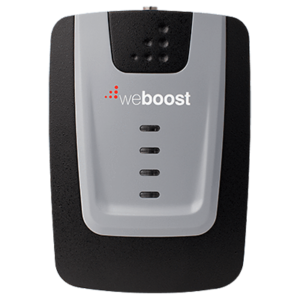

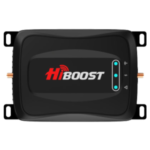
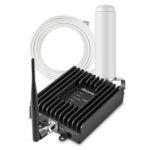
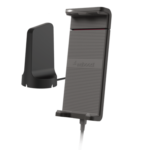
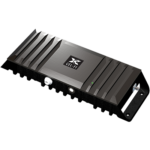
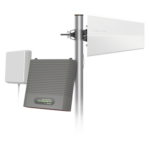
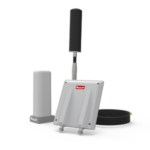
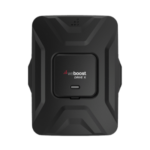
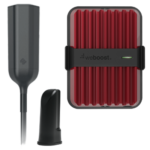

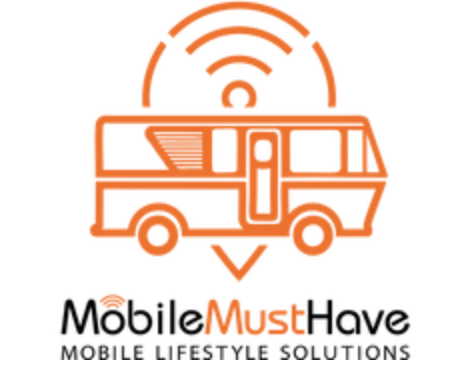

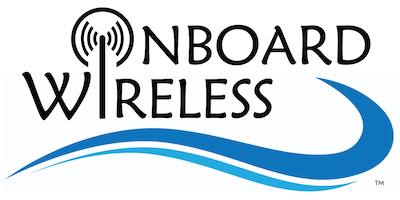



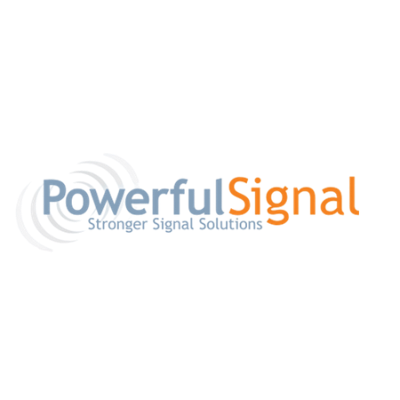
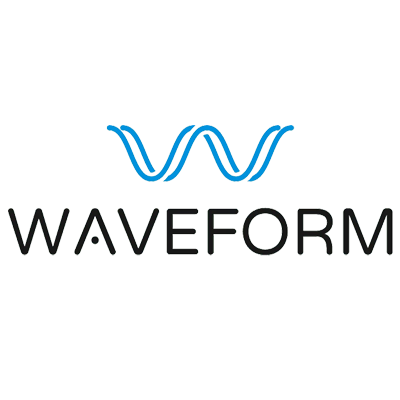
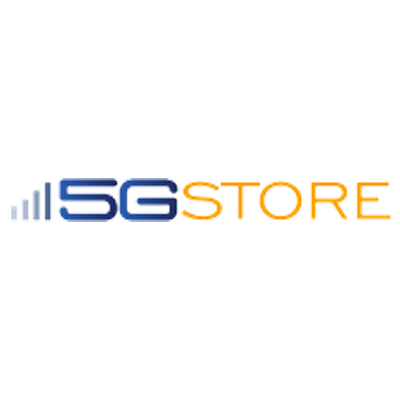
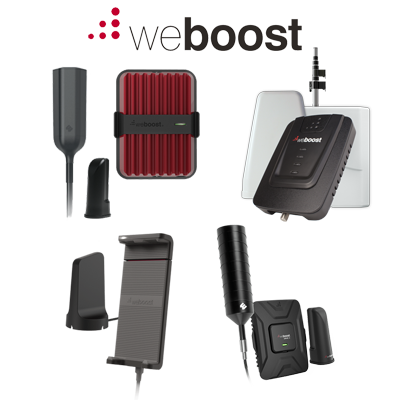
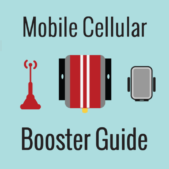
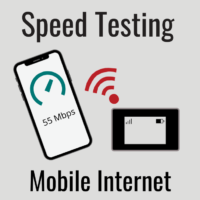
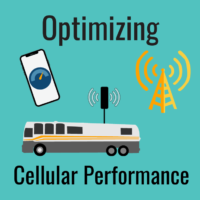
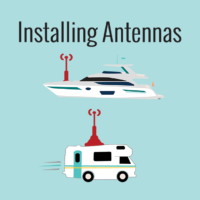
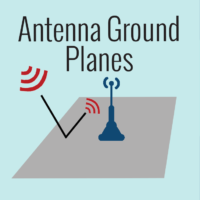
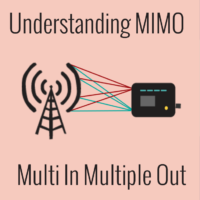
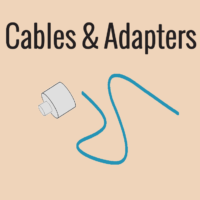
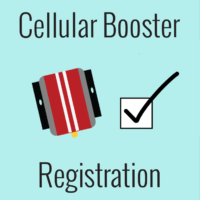
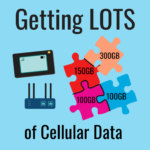
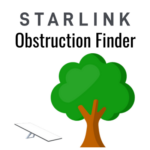
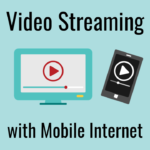

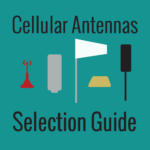

 Mobile Internet Resource Center (dba Two Steps Beyond LLC) is founded by Chris & Cherie of
Mobile Internet Resource Center (dba Two Steps Beyond LLC) is founded by Chris & Cherie of